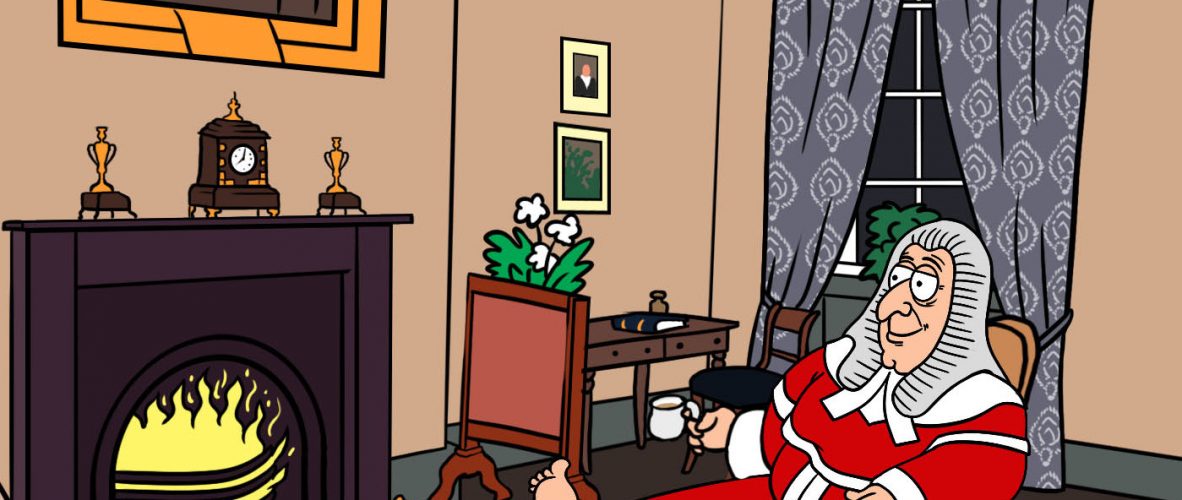The name given to the tight trousers worn by some Regency gentlemen, such as the notorious Beau Brummell and his ‘dandy’ followers, as they showed off their leg muscles.
Marbles
The two types of marble shown here are glass and clay. Glass marbles were expensive as they had to be made by hand. If you look at a modern glass marble it is smooth all over, but old ones look chipped at each end, where the extra glass has been cut away. The clay marbles could be bought cheaply – this is the shop box that these came in. You could also make them yourself for no money, so even poorer children could have some to play with. There are many marble games that the Victorians enjoyed playing in the garden or playground. Indoor games such as this solitaire board were also popular.

In the classroom:
- What are the marbles made of?
- Which ones belonged to rich and poor children?
- Can you see what the boys are playing in the drawing?
- If you want to have a go at playing marble games, there are some on our website:

